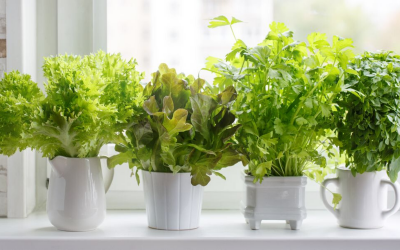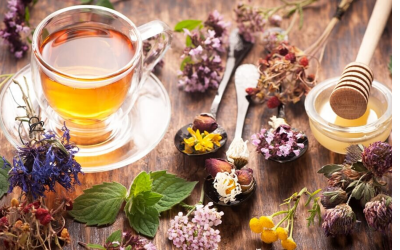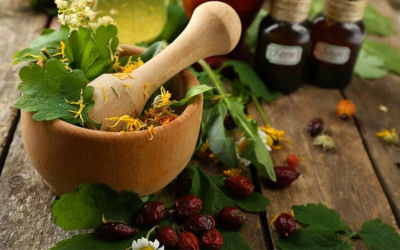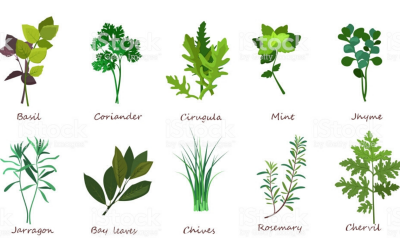Thyme
Grow it: Plant in dry, light soil. Needs sun.
Use it: A powerful antioxidant as well as an antiseptic. Drink a tea made from lemon thyme to treat colds before bed. Warning: don’t use thyme when pregnant.
How to grow
Thymes need full sun and a dry, gritty soil. Buy named cultivars as plants, or plant thyme seed outdoors in a prepared bed in fall or spring, or start your seeds in flats indoors. Bush thymes (except for variegated cultivars) often seed themselves freely, so there should be no shortage of new plants if the old ones don’t come through a hard winter. To propagate cultivars, separate rooted pieces or take cuttings. In the North, protect plants from winter damage with a covering of evergreen boughs.
Harvesting
When plants are beginning to flower, cut off the top half and hang to dry in a shady place or dry on trays in a food dehydrator. Once the leaves are thoroughly dry, strip them from the stems and store in a dark place until ready to use. You may harvest pieces from thyme plants all summer, but don’t cut them back severely in fall.
Uses
One of the essential oils in thyme is thymol, still used by pharmacists, especially in cough remedies. Thyme is antiseptic, as well as an aid to digestion. In the kitchen, thyme is a wonderful addition to pasta and pizza sauces, salad dressings, stews, stuffings, meat loaf, and soups, and is especially good with poultry, fish, and eggs.







0 Comments